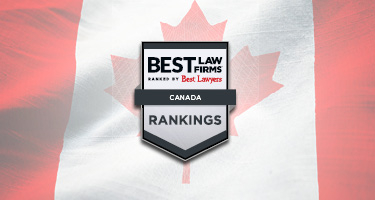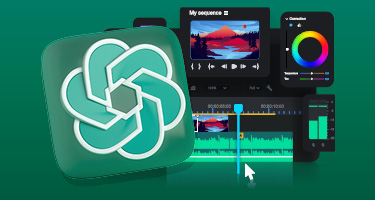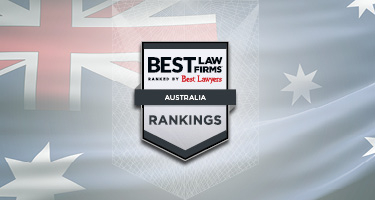The complex landscape of legal technology is evolving into a battleground for intellectual property (IP) rights, where innovation inevitably intersects with the strict frameworks of law. In this dynamic area of law, grasping the crucial role and sometimes harsh ramifications of IP is not just beneficial but essential for professionals working within legal tech.
As technology continues to make significant strides in the legal space, the importance of IP is paramount. From safeguarding tech innovations and ensuring fair competition among firms and companies to nurturing a culture of creative legal solutions in such a short time, its clear IP rights are already making waves.
With the newfound generative AI boom, certain tools can assist legal associates in document review, case research and drafting legal briefs. But what occurs when legal tech tools infringe upon another's IP?
Litigation Examples
One notable case is Iowa Supreme Court Attorney Disciplinary Board v. Cannon. In this specific case, the Iowa Supreme Court was quick to affirm disciplinary action against a lawyer who submitted a plagiarized brief that pulled from an independently published article. The court eventually determined that extensive, almost verbatim copying without recognition or proper citing fully constituted misrepresentation and a violation of ethical rules. This case underscores the importance of originality when drafting legal briefs, setting a standard for legal professionals to follow.
Another example is the case of Newegg Inc. v. Ezra Sutton, P.A. In this case, both parties were co-appellees in a patent infringement case. The defendant reportedly lifted substantial portions of Newegg's draft opening brief, which was then circulated to the defendant before filing for review. Later, a Central District of California judge ruled that the defendant had not established a case of fair use when the defendant merely made minor changes to another's draft opening appellate brief.
Another illustrative case is White v. West Publishing Corporation. In this instance, a district court judge addressed copyright infringement concerning legal briefs. The plaintiffs, attorneys who had filed briefs in a class action lawsuit, alleged that West Publishing and LexisNexis infringed their copyrights by including these briefs in their legal research databases. However, the court thought differently, ruling in favor of the defendants and holding that the inclusion of the briefs constituted fair use under Section 107 of the Copyright Act. This decision was based on the transformative nature of the utilization and in some cases, the absence of economic substitution from the inclusion of these briefs in the legal research databases.
For legal tech professionals, these precedents are vital in understanding the boundaries of copyright protection in legal filings and the importance of adhering to these guidelines in their work. As the legal industry increasingly leverages technology in its practices, these issues become ever more pertinent and frequent, making a thorough grasp on these legal precedents essential for those operating at the intersection of law and technology.














